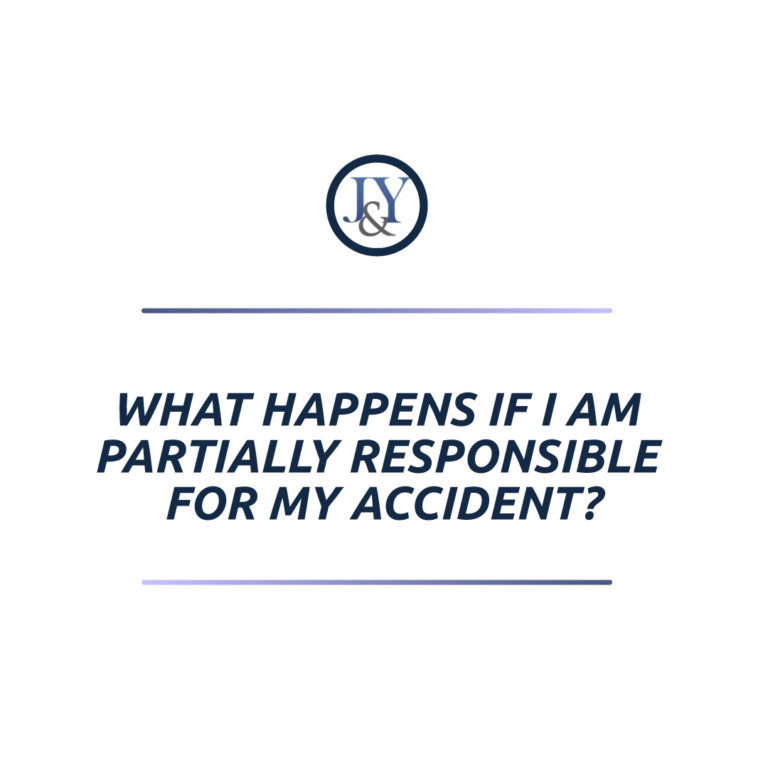It is not easy to determine who is responsible in a traffic accident, as not all car accidents involve elements such as drunk, negligent or distracted drivers. In many cases, a car accident involves a variety of factors, from road conditions to manufacturing errors.
Even if you can show that someone else is primarily responsible for an accident (causing you to be injured), you may still be held partially responsible. If this happens, the judge will reduce the amount of compensation that would correspond to you. In accidents where more than one party is partially at fault, California courts award compensation based on comparative fault laws.
In the context of car accidents, California is governed by a number of comparative fault or negligence laws. Pure comparative fault allows a court to award damages to multiple victims in a car accident, based on the relative liability of each party involved.
As stipulated by these laws, the plaintiff and the defendant are each responsible for a percentage of the fault of the incident. This means that even if partially at fault for a car accident, a plaintiff can still seek and potentially recover financial compensation after the accident.
In cases of this type, defendants may use a legal remedy known as comparative negligence to reduce the compensation they must pay to the injured party. This is why it is important to have an experienced attorney to help you reduce your own percentage of fault. When proving your innocence, or at least reducing your percentage of guilt, you need the following four elements present in any case of negligence:
- The defendant breached his duty to avoid collisions with other motorists and pedestrians.
- The defendant did not act prudently, engaging in activities such as distracted, reckless or drunk driving.
- The defendant’s breach of these duties caused the accident.
- You suffered damages because of the defendant’s breach of obligations. Evidence of your damages may include injury records, medical bills, and property damage.
In states with modified comparative negligence laws, a maximum percentage of fault takes place (usually 50% or 51%) that once exceeded means the party will receive zero compensation. California law operates with some flexibility and allows the victim to receive compensation for any percentage of fault less than 100%.


